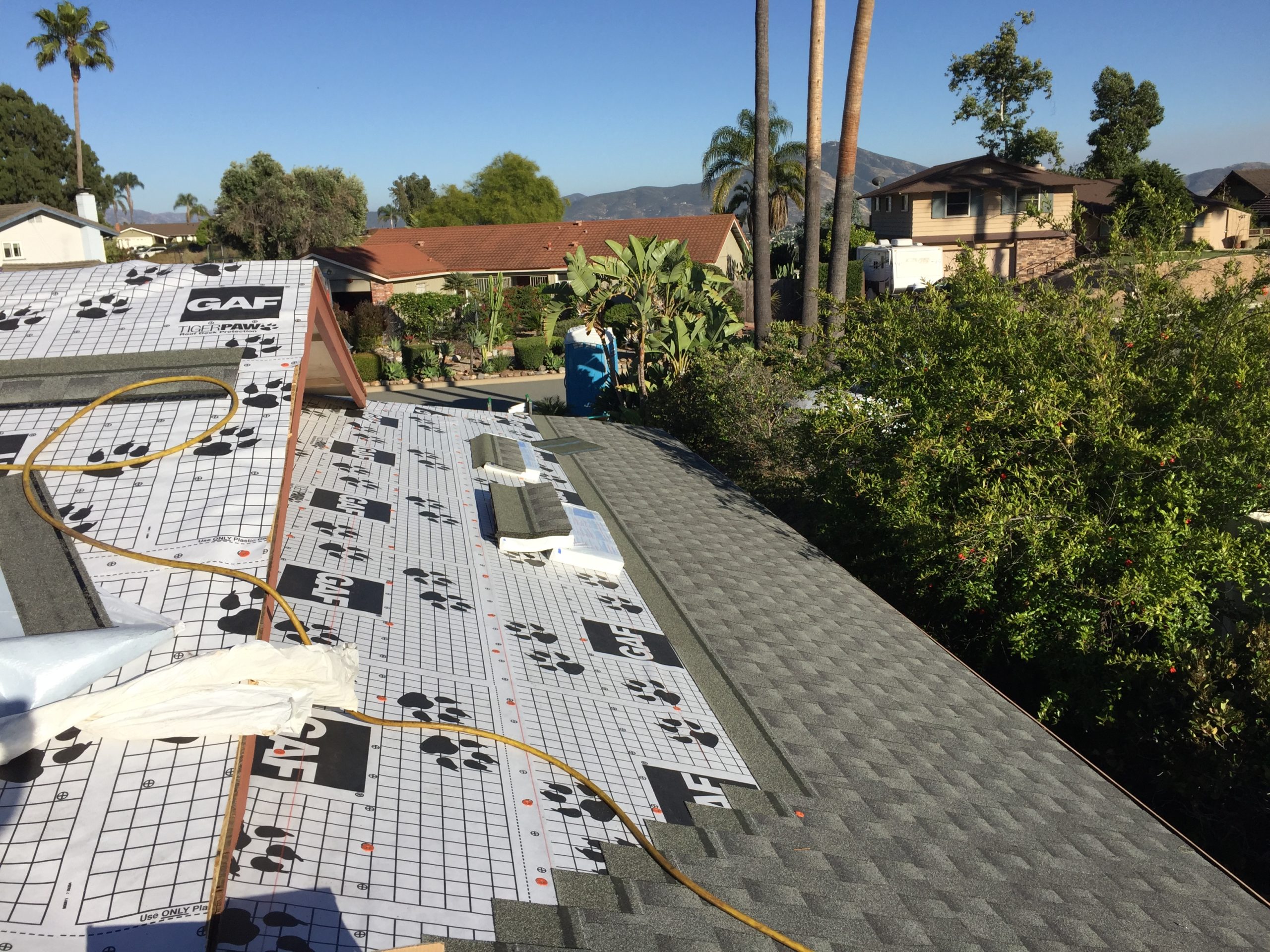
19 May Going Solar, Day 5
It’s Day 5 and we’re feeling good. On the house, shingling continued, as well as flashing installation for the various obstacles the roofers encounter as they cross the roof. The roofing is complete on the studio! Overall, we like the look of the Coastal Slate color. We wish it had a little more of the green tone we saw in the samples, but the color will shift depending on the light outside.
Early next week, on Day 9, our project should be completed. Sullivan Solar will be coming to install the rails and panels on the stands they already installed earlier this week.

Solar System Components and Installation
In Southern California, there are many companies providing solar installation services. Each of them has their own approach, preferred products, and philosophy. I’ll focus on the design of our system and why we chose Sullivan Solar Power as our provider.
We’ve already talked about the analysis that a solar calculator provides. Solar providers will do a similar study of your property, but in much more detail. This is critical for making sure the panels receive the optimum amount of solar exposure. Sullivan climbed onto our roof and used solar meters and cameras to study which trees and houses around us will shade various parts of the roof at any given time during the year. They made sure to avoid placing solar panels where there will be significant shading during the year.
On our site, one obstacle to optimum solar exposure is a pair of 60-ft palm trees on our neighbor’s property. Some homeowners will remove obstacles on their property, or negotiate with neighbors if needed. In our case, we love these trees and don’t want them removed. Fortunately, we were able to adjust the placement of the panels and still have great exposure.
The panels themselves come in a variety of power production ratings (or sizes) and are the most expensive part of your solar system. How do you determine how many panels you need? The solar calculator tells you how much electricity you use per year. Dividing your annual power usage by the rating of the panels will tell you how many you need to handle 100% of your power needs. If you want your panels to only cover 80% of that amount, then reduce your usage number by .8 and divide by the panel rating. Aside from maximizing the size of the panel versus the cost of the panel, you should also consider:
• How are the panels made? Are the materials and workmanship of excellent quality?
• What’s the warranty for the panels? Has the company been in business longer than their warranty? Is the company stable enough that it will continue to be around to support your warranty?
• What do you know about the panel manufacturer? Do they have a long track record of production?
The other critical component of the solar system is the inverter. Solar panels create DC current which must be converted to AC power so your home can use it. This is accomplished by the inverter, an electrical appliance mounted in your garage or on the side of your house that’s connected between the solar panels and electrical panel. Some companies offer micro inverters mounted to the back side of each panel, where the conversion takes place right at the panel. Sullivan does not use these devices because they tend to fail over the years. Replacement of faulty micro inverters is difficult and costly. The owner of Sullivan Solar, Dan Sullivan, explains this issue well in his blog.
A valuable feature in our solar system will be the monitoring system. Once our system is up and running, an app will let us observe how much power we’re generating and using in real time! We’re excited about this feature! It’s especially helpful because you can shift power intensive activities to times that are most beneficial to you. For instance, you can choose to run the laundry or dishwasher when power is least expensive. Sullivan also monitors the power production remotely to make sure the system is performing correctly and hasn’t had a failure.
Choosing a competent, experienced solar installer is critical. When searching for a solar provider, we polled our neighborhood (using NextDoor), read reviews, and used EnergySage to get multiple quotes. I looked closely at about 10 companies and narrowed down to five to interview. There were two finalists. We chose Sullivan Solar Power for several reasons, key among them:
• The length of their history in the industry. They’ve been in business since 2004.
• Their willingness to challenge industry trends with their own knowledge and experience
• Their point of view that energy independence is an important ethical issue for our social and political sustainability
• A strict vetting system for the products they use, or don’t use. For example, micro inverters (see above).
• Their performance guarantee — they’ve estimated how much power we’ll generate and they’ll guarantee it for 10 years. If the system doesn’t perform, the system automatically notifies them, and they’ll send an electrician to investigate the issue.
• The quality and professionalism of the team we worked with, and the proposal they gave us
• Great reviews from neighbors
If you have any questions about our experience so far, feel free to ask. The roofers are taking a well deserved break over the weekend. Next post will be Day 8.



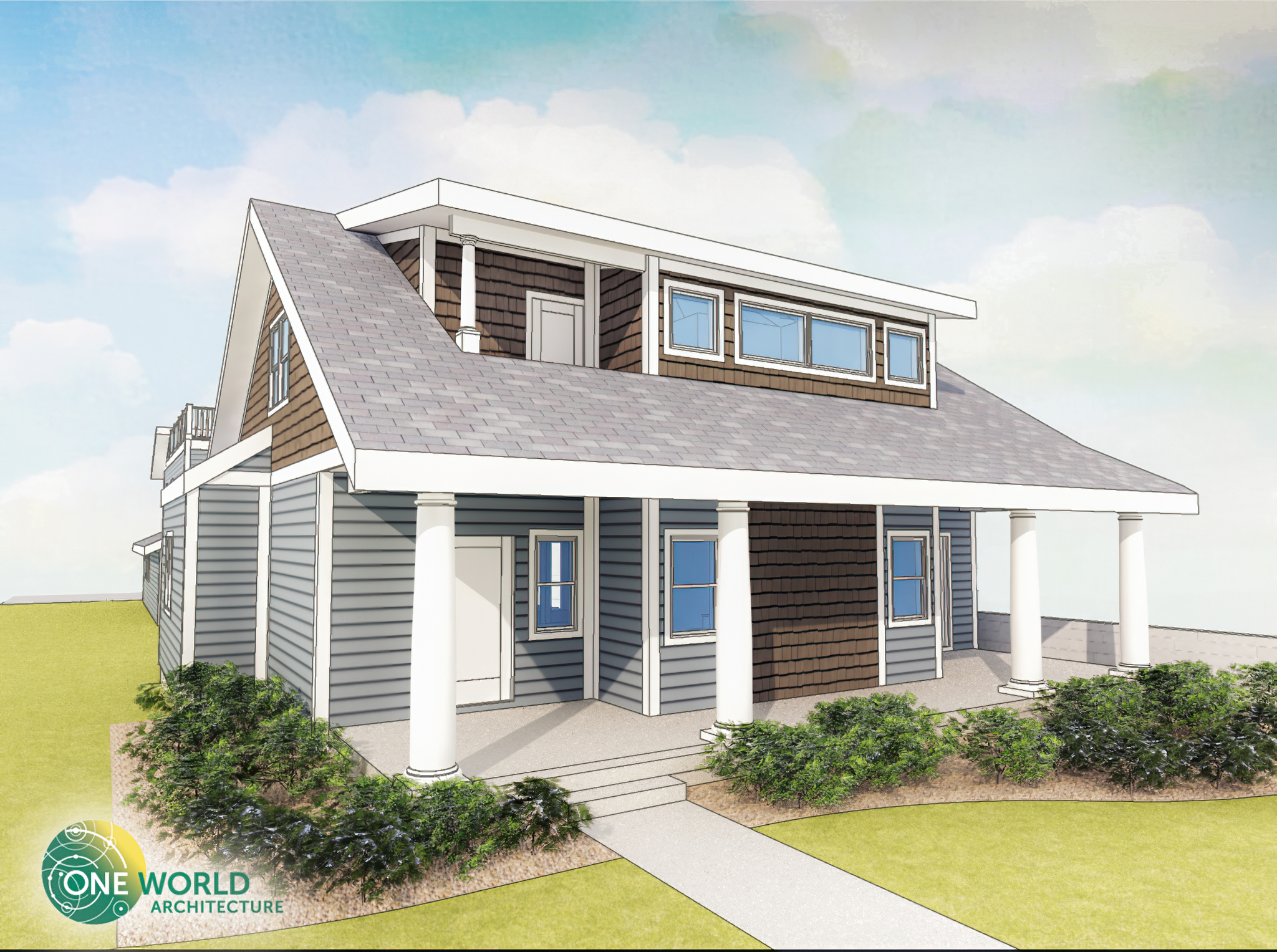
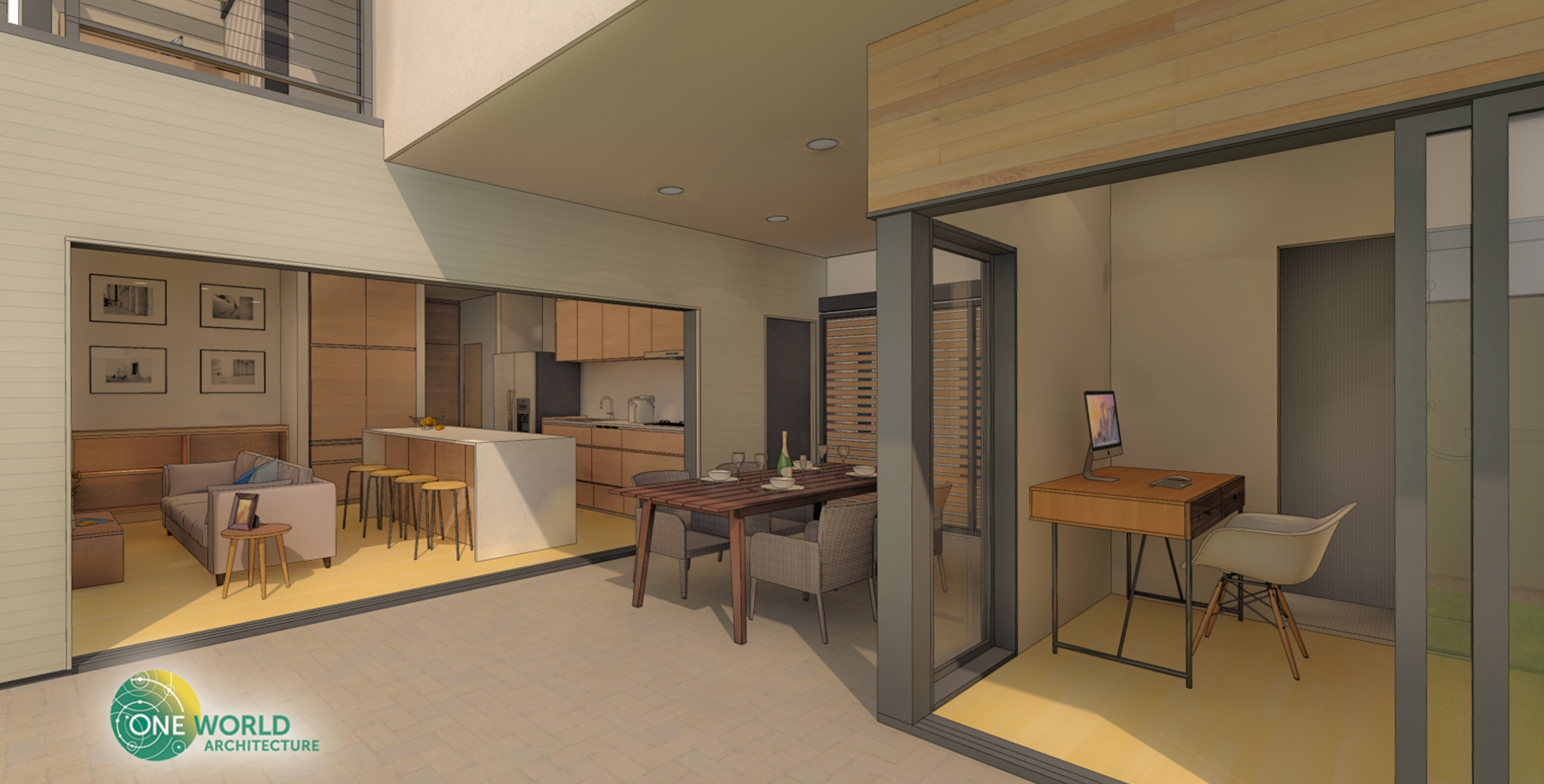
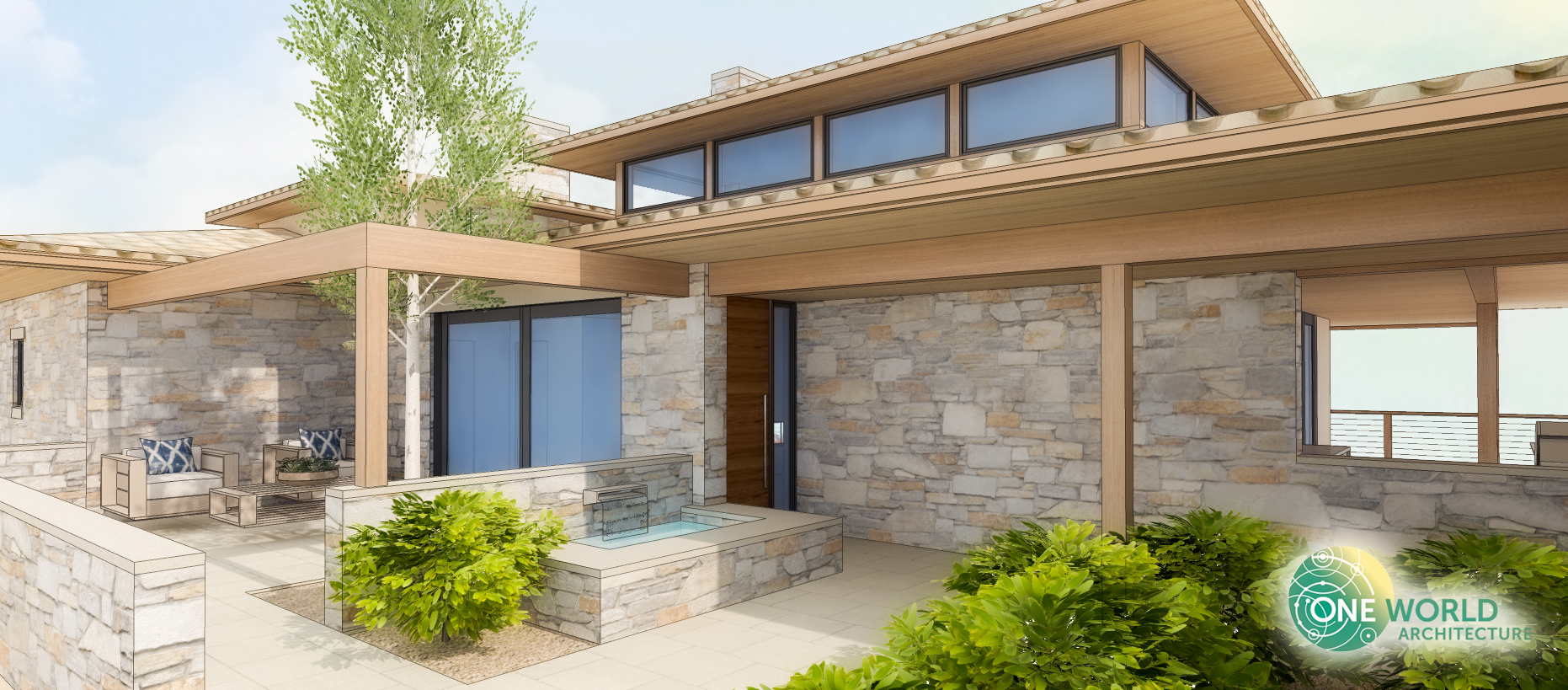

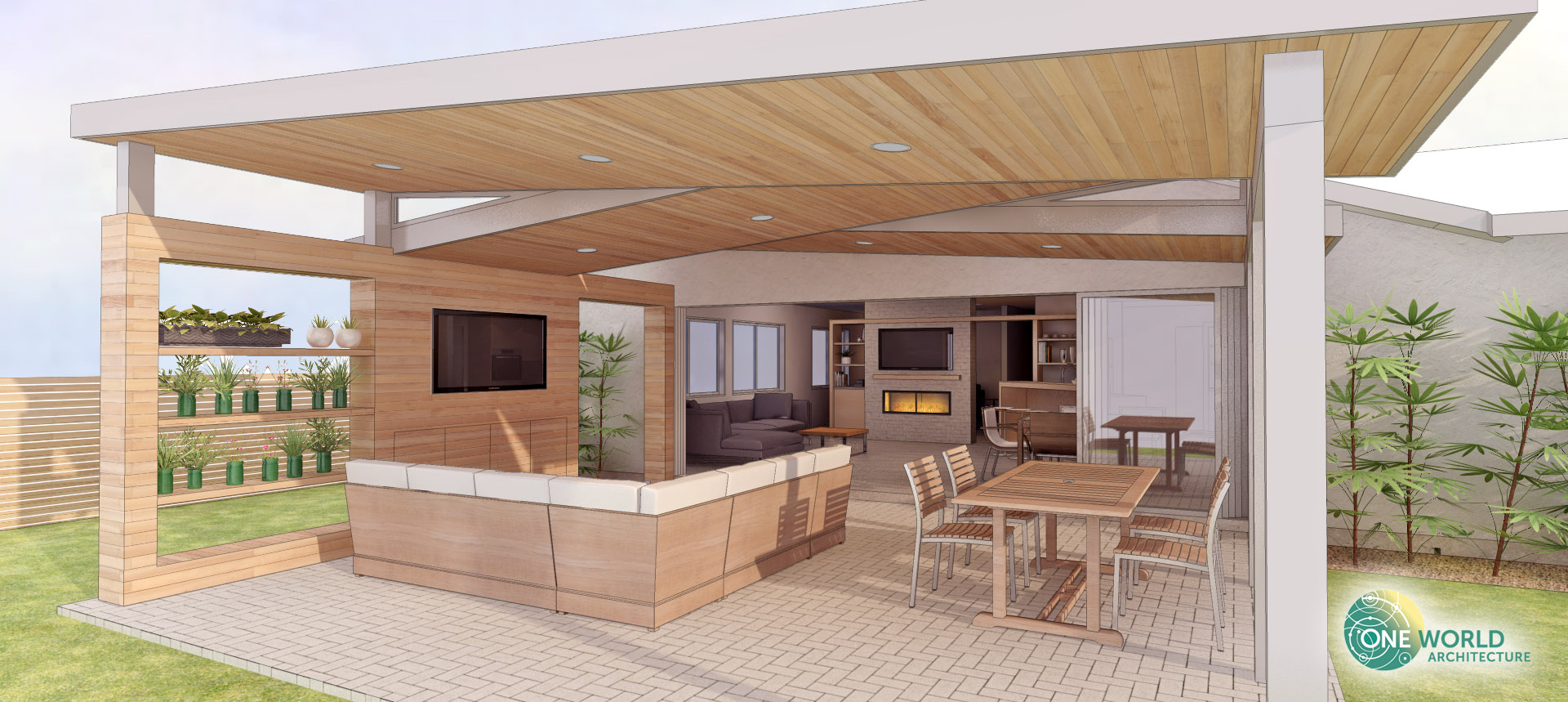

No Comments